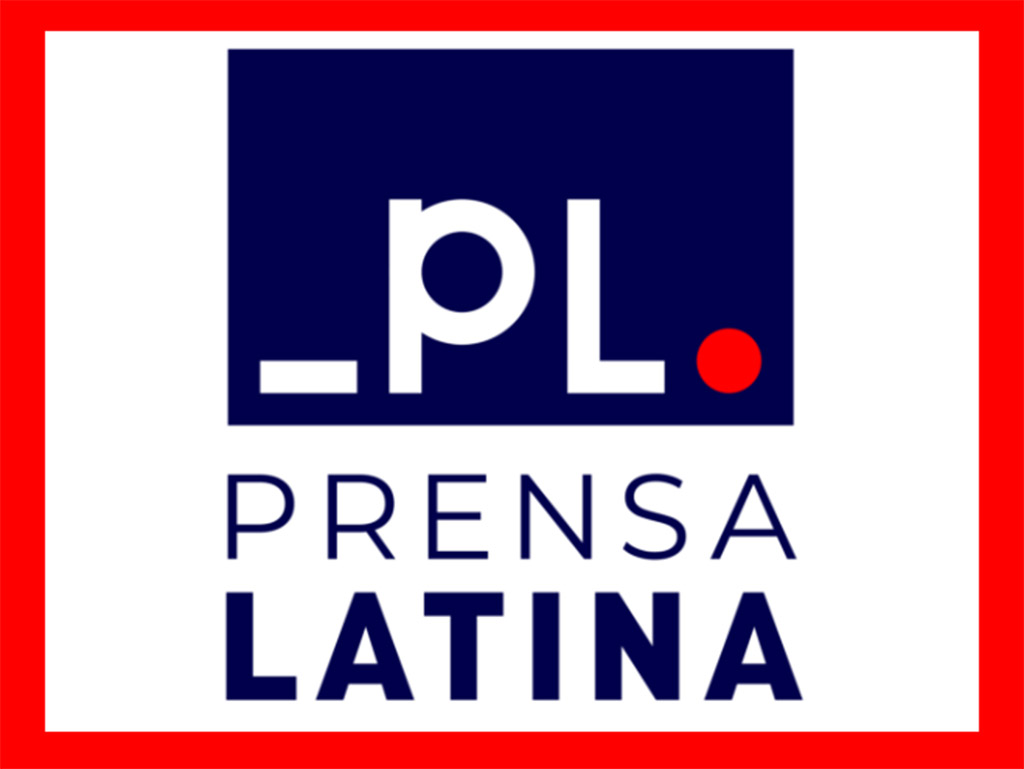It is epic to imagine that the first news cable of that Latin American News Agency was transmitted from those mechanical typewriters, the cameras of the time, a short wave radio to receive the radio stations of neighboring countries, a Morse telegraph transmitter, and two teletypewriters for international news traffic. It then became another informative expression of the region and the world.
The origins of Prensa Latina went back just three weeks after the triumph of the Cuban Revolution in January 1959, when, as part of Operación Verdad (Truth Operation ), a massive press briefing was held in Havana, to which more than 400 national and foreign journalists attended. The newly-born Government presented the radical changes that the country was undergoing.
On January 22, the historic leader of the Cuban Revolution, Fidel Castro, told journalists that the press in Latin America should have the means to know the truth and not become victims of lies.
With this premise, revolutionary fighter Ernesto Che Guevara and journalists Jorge Ricardo Masetti and Carlos María Gutiérrez conceived the idea and organized an agency that would transmit news as an alternative vision to the international news agencies.
With an initial group of 20 journalists, translators, and technicians, and Masetti as its director, Prensa Latina made history on June 16, 1959, transmitting its first news cable in New York and opening the way to break the media information.
Despite predicting only a few months of existence and even calling for the region’s Governments to close its offices, Prensa Latina currently has correspondents in nearly 40 countries and thousands of recipients in more than 60 countries.
jrr/iff/jha/mpp









